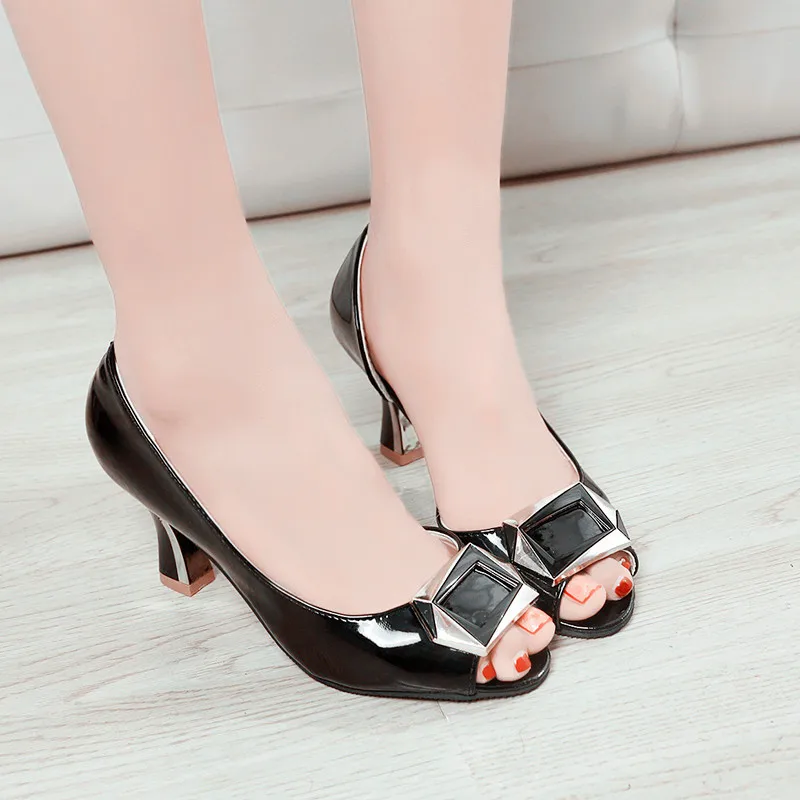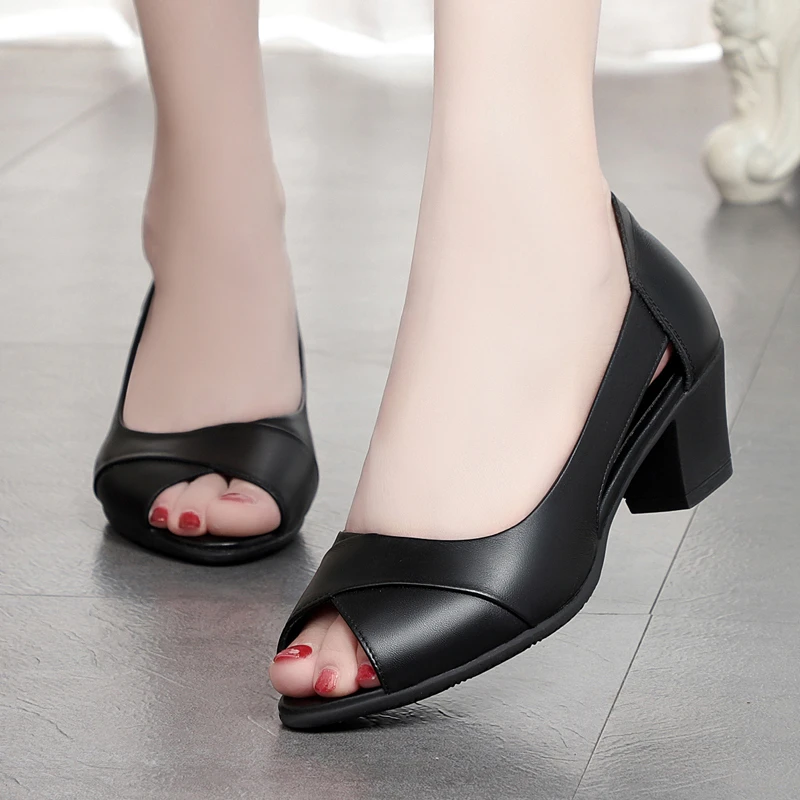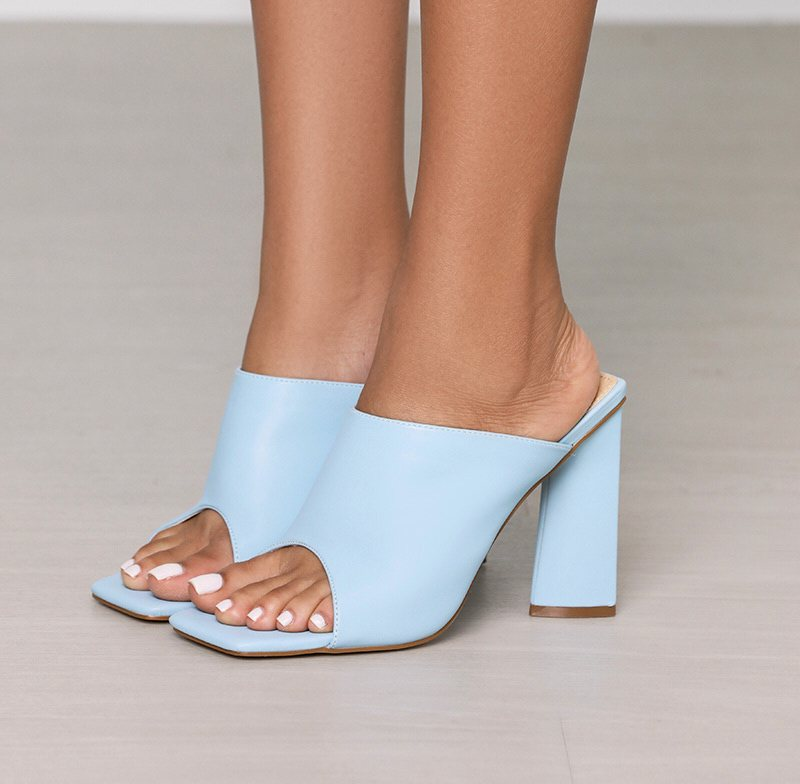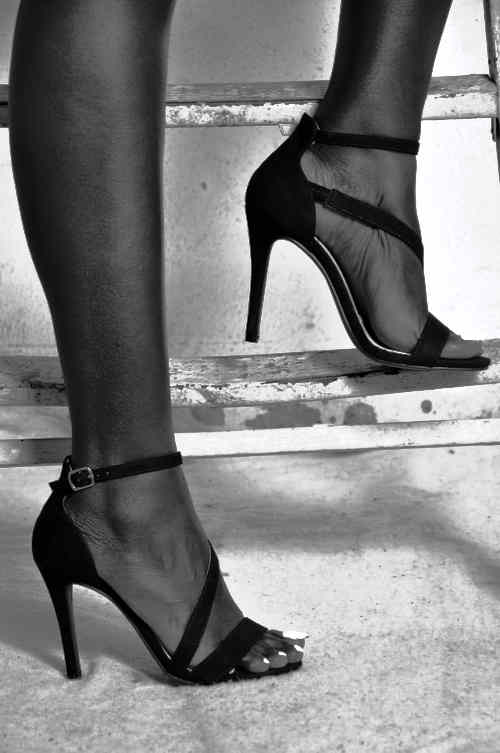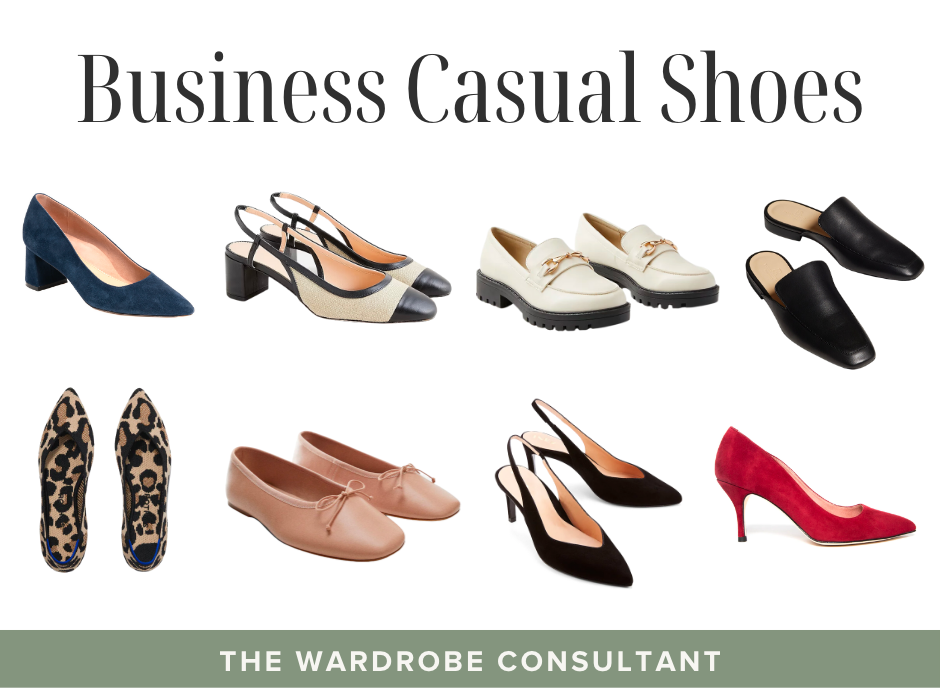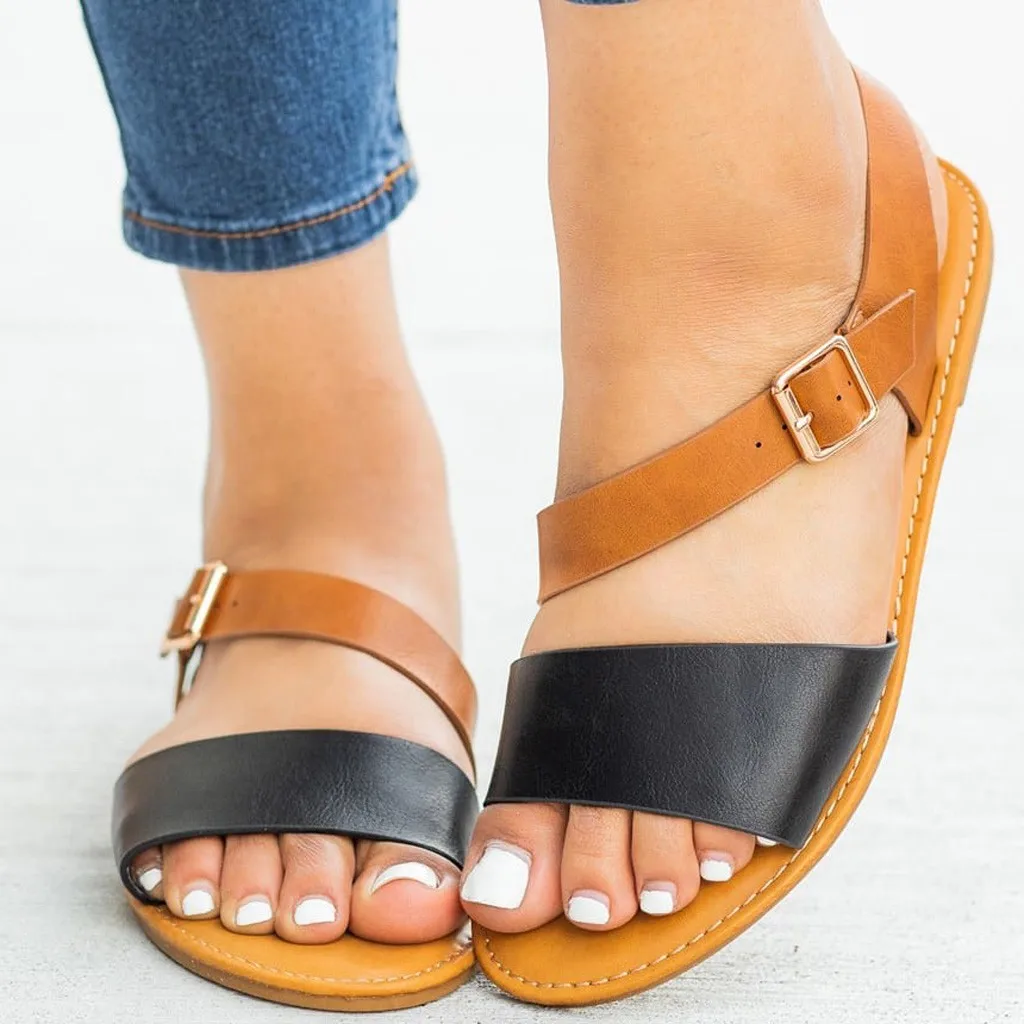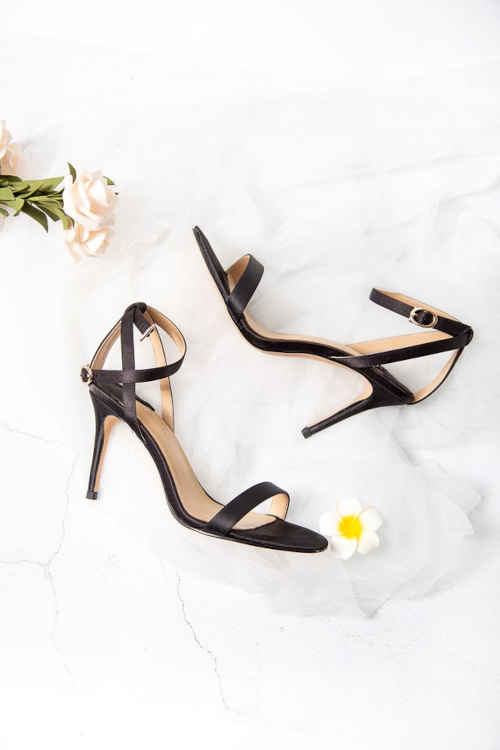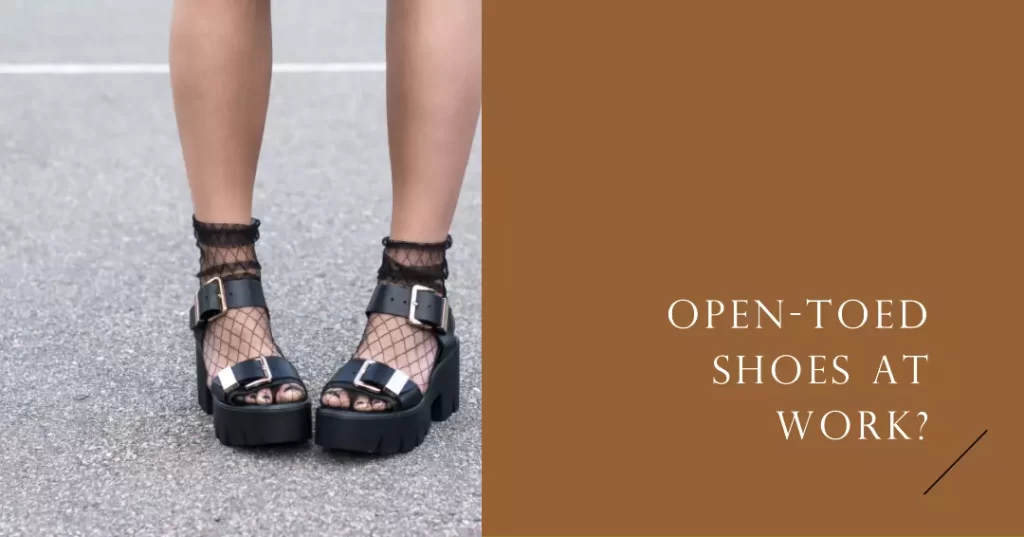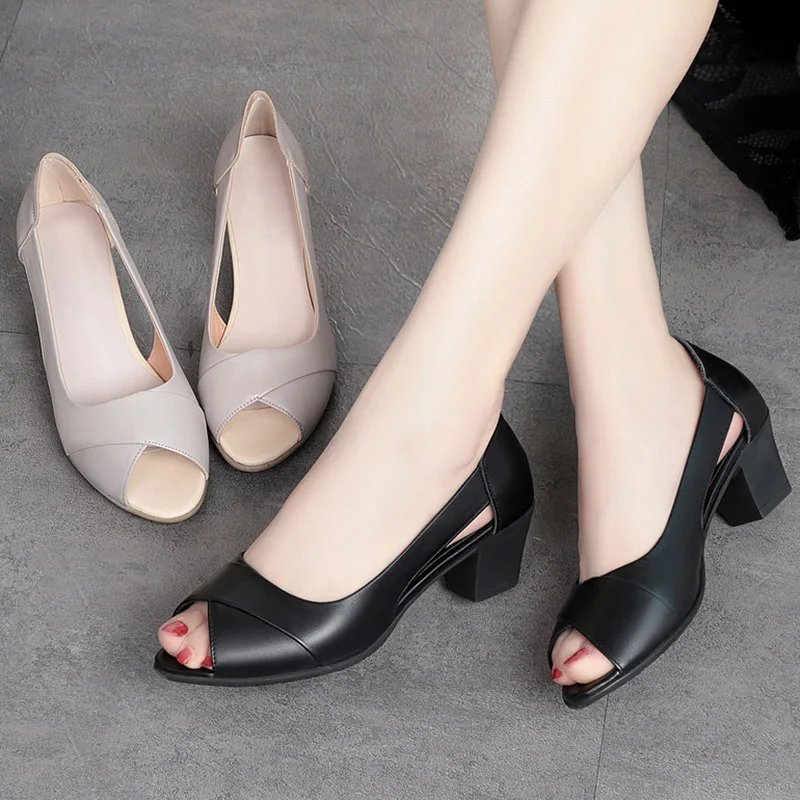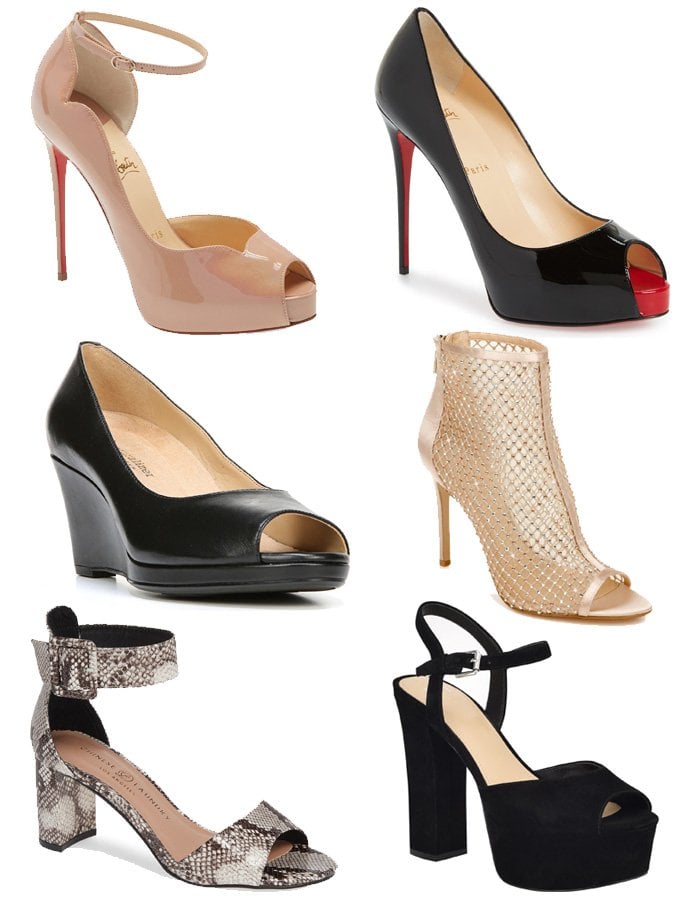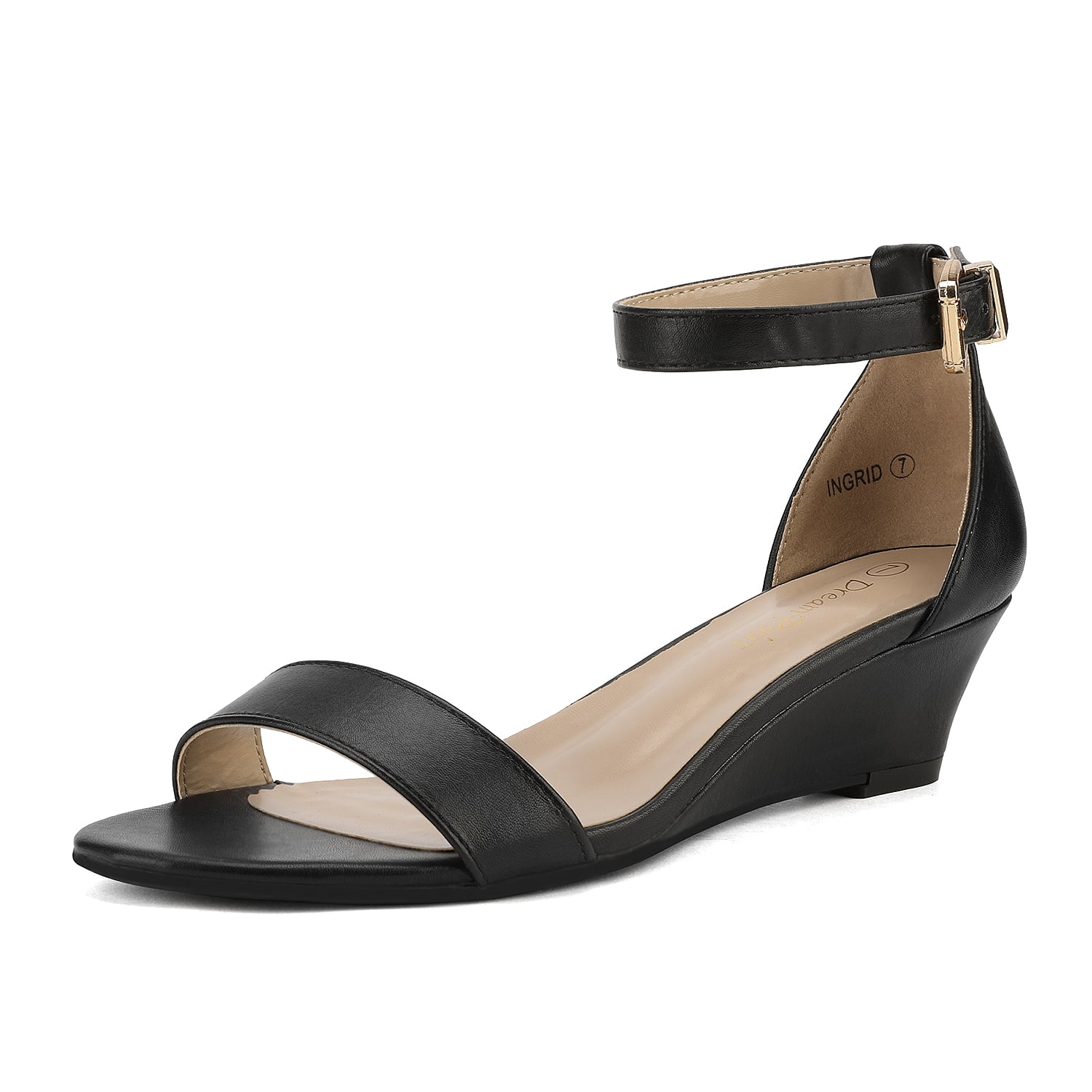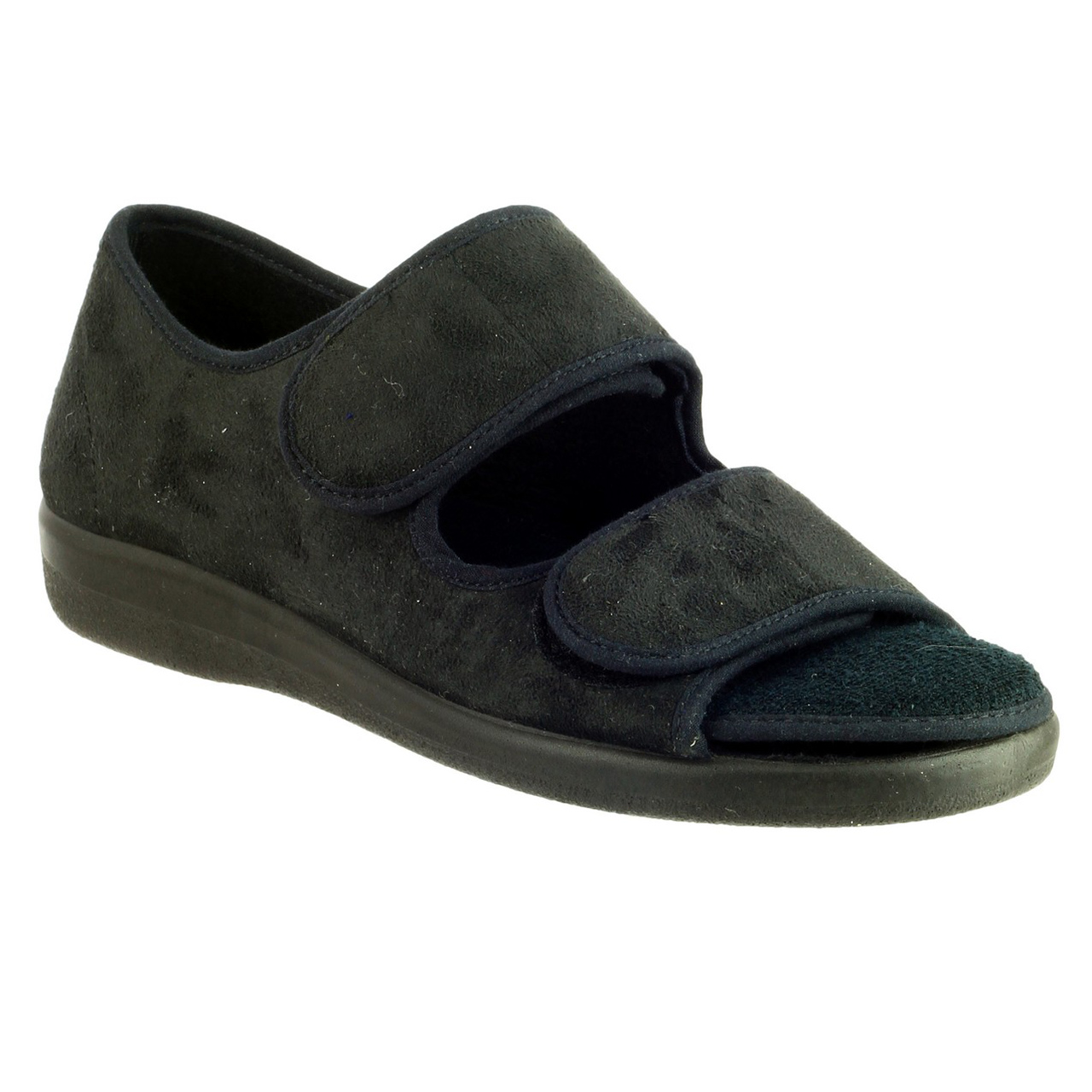Are Open Toed Shoes Business Professional
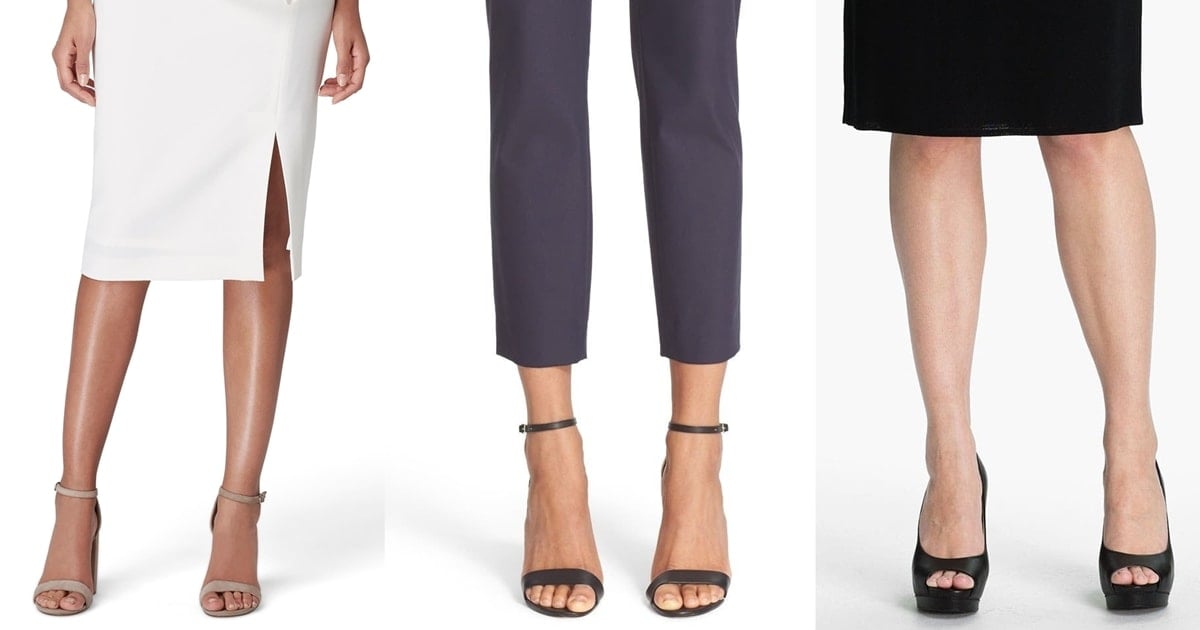
The debate surrounding workplace attire has long been a source of discussion, with dress codes evolving alongside societal norms and professional expectations. One persistent question revolves around the appropriateness of open-toed shoes in business professional settings: are they acceptable, or do they signal a lack of professionalism? This seemingly minor detail can carry significant weight in how individuals are perceived by colleagues, clients, and superiors.
At the heart of the matter is the definition of "business professional" and how it varies across industries, company cultures, and even geographical locations. Understanding these nuances is crucial for both employees seeking to maintain a professional image and employers aiming to create clear and inclusive dress code policies. The acceptability of open-toed shoes, therefore, is not a universally settled issue. Its appropriateness is deeply context-dependent.
The Shifting Sands of Dress Codes
Traditionally, business professional attire has been characterized by conservative and formal clothing. This typically includes tailored suits, dress shirts, ties, and closed-toe shoes for men, and skirt or pant suits, blouses, and closed-toe heels or flats for women. However, the rise of more casual workplaces, particularly in the tech and creative industries, has blurred the lines of acceptable professional wear.
Many companies are adopting more flexible dress codes, often described as "business casual" or even simply allowing employees to "dress appropriately." This shift is driven by a desire to attract and retain talent, foster a more relaxed and inclusive work environment, and allow employees to express their individuality.
The Society for Human Resource Management (SHRM) notes that dress codes are increasingly used to promote a company's brand and culture, rather than solely dictating rigid rules. This shift towards flexibility impacts the open-toed shoe debate significantly.
Industry and Company Culture: Key Determinants
The permissibility of open-toed shoes is heavily influenced by the specific industry and the internal culture of a company. Industries that prioritize client-facing interactions, such as finance and law, often maintain stricter dress codes. In these environments, open-toed shoes may still be seen as unprofessional.
Conversely, companies in the tech industry or creative fields might be more accepting of open-toed shoes, particularly sandals or stylish flats, as long as they are clean and well-maintained. Some tech startups even encourage employees to wear whatever makes them comfortable, fostering a sense of individuality and autonomy. A 2022 survey by *Indeed* indicated that employees in creative industries reported higher levels of satisfaction when allowed more freedom in their clothing choices.
Internal company policies play a crucial role. Some organizations have clear guidelines explicitly stating whether open-toed shoes are permitted, while others leave it to the discretion of managers or employees. Lack of clear policy can lead to ambiguity and potential misunderstandings.
Potential Concerns and Considerations
While a more relaxed dress code may be appealing, there are valid concerns regarding the appropriateness of open-toed shoes in professional settings. Safety is a primary consideration, particularly in environments where there is a risk of injury from dropped objects or spills. Manufacturing plants and construction sites are certainly out of the question.
Professionalism and client perception are also important factors. Even if a company culture is generally relaxed, wearing overly casual or revealing footwear may not create the desired impression during meetings with clients or investors. Consider how the choice of footwear may be perceived by those outside of the company culture.
Furthermore, some argue that open-toed shoes can be distracting or even unhygienic in an office environment. Concerns about exposed toes and feet may lead to discomfort or judgment from colleagues, particularly if personal grooming standards are not maintained.
Tips for Navigating the Open-Toed Shoe Dilemma
For employees unsure about the appropriateness of open-toed shoes, there are several steps they can take to avoid potential missteps. First, carefully review the company's dress code policy, if one exists. If the policy is unclear, observe what colleagues and superiors are wearing to get a sense of the prevailing dress code norms.
When in doubt, err on the side of caution and choose closed-toe shoes, especially for important meetings or client interactions. It is always better to be slightly overdressed than to appear underdressed or disrespectful. Asking a manager or HR representative for clarification is also an option.
If open-toed shoes are permitted, select styles that are professional and well-maintained. Avoid overly casual flip-flops or sandals, and ensure that feet are clean and presentable. Consider the overall look, ensuring the shoes complement the outfit and project a polished image. Appropriate style is key.
The Future of Workplace Attire
The debate over open-toed shoes reflects a broader trend towards more flexible and individualized dress codes in the workplace. As companies continue to evolve and prioritize employee well-being and inclusivity, dress codes are likely to become even more relaxed.
However, it is crucial for employees to understand the nuances of different workplace cultures and to exercise good judgment when choosing their attire. While personal expression is valued, it should not come at the expense of professionalism or safety.
Ultimately, the question of whether open-toed shoes are business professional depends on a complex interplay of factors, including industry, company culture, and individual circumstances. Open communication and a willingness to adapt are essential for navigating the evolving landscape of workplace attire.
